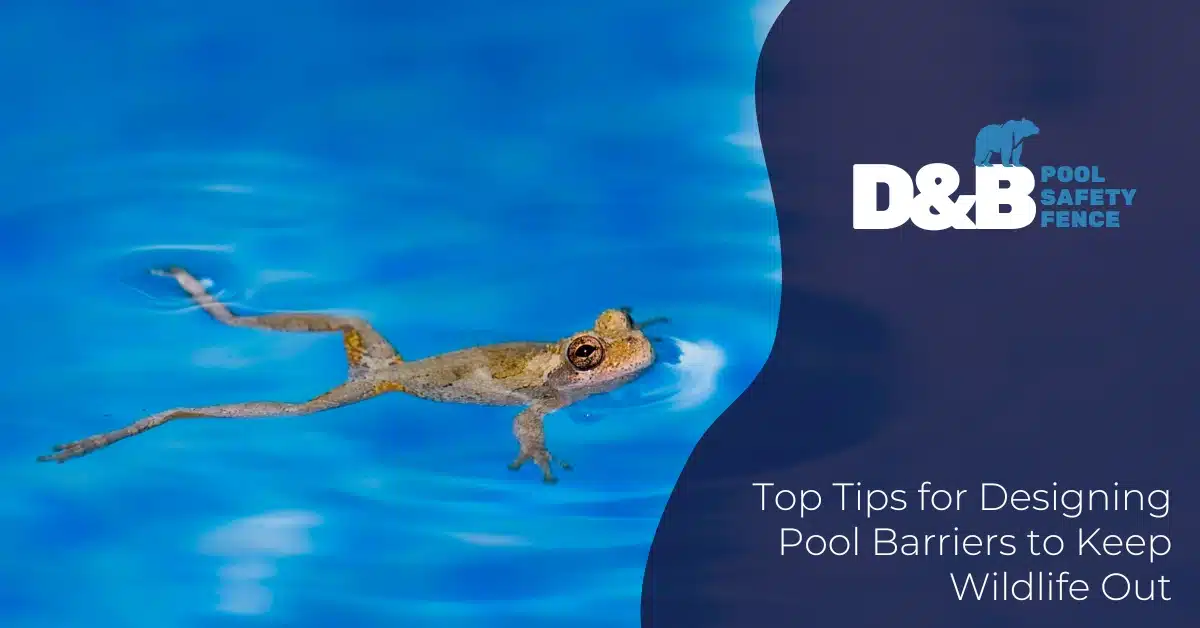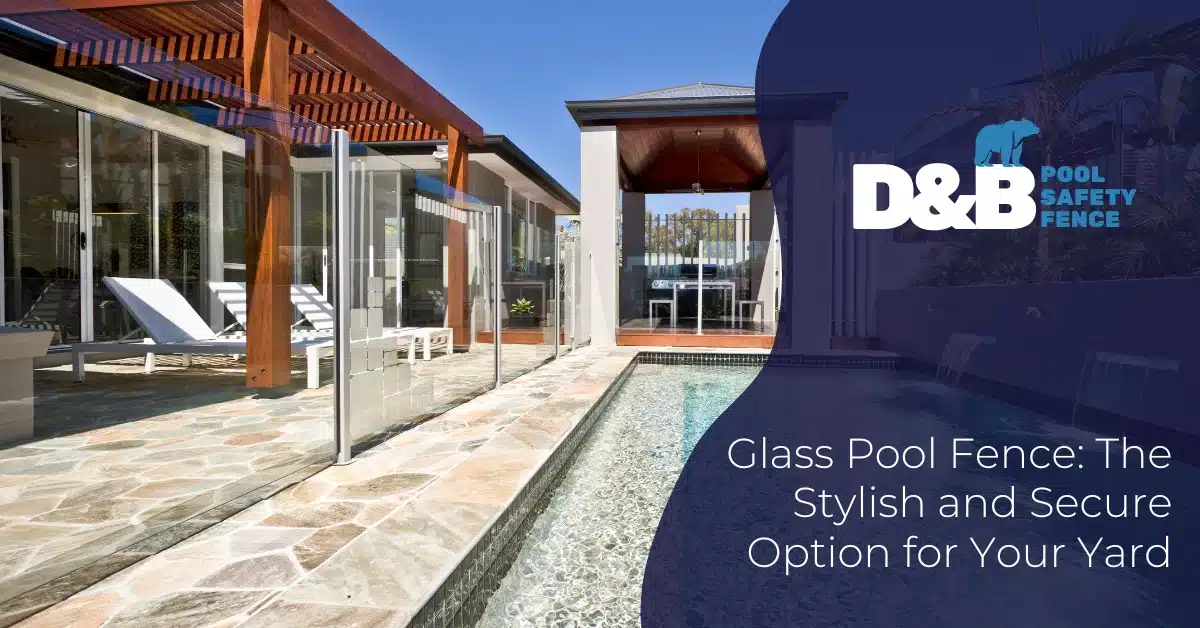Pools are fantastic for relaxation, but they can pose a danger to local wildlife. Designing effective pool barriers can help ensure not only the safety of your family but also protect animals from accidental harm. In this post, we’ll provide key tips for designing pool barriers that keep wildlife out, offering a safer environment for everyone.
Understanding the Need for Wildlife-Safe Pool Barriers
The Problem with Pools and Local Wildlife
Many animals, from small critters like frogs and rabbits to larger wildlife such as raccoons and even deer, are naturally curious and might approach your pool area. Unfortunately, this can lead to animals falling in and becoming trapped, leading to potentially dangerous situations for the wildlife and increased maintenance for pool owners.
Benefits of Wildlife-Safe Pool Barriers
By installing proper pool barriers, you can prevent wildlife from accessing the pool area, reducing the risk of accidental drowning. For more details on pool safety standards, visit the CDC’s page on Residential Pool Safety. This not only protects the animals but also helps maintain a cleaner, healthier pool environment, minimizing the need for extensive cleanups and pool repairs.
Key Features of Effective Pool Barriers for Wildlife Protection
Appropriate Barrier Height and Gaps
A well-designed pool barrier should have an appropriate height to keep larger animals, such as deer, from entering. It’s also crucial to ensure there are no gaps or openings that could allow smaller animals to slip through—opt for tightly spaced bars or solid panels to reduce the risk.
Choosing the Right Material
The material of your pool barrier can play a big role in wildlife prevention. Solid panels or fine mesh can be effective for keeping both small and large animals away from the pool. Glass barriers are popular for their aesthetic appeal but may require additional considerations, such as minimizing reflections that could confuse or attract animals.
Design Tips for Wildlife-Friendly Pool Barriers
Avoiding Entrapment Areas
When designing pool barriers, it’s important to avoid creating areas where animals could become trapped. Ensure exit points are clearly marked and easy for animals to navigate should they approach the barrier. Additionally, covering any gaps where small animals could get stuck will help keep wildlife safe.
Creating a Deterrent Zone Around the Pool
Landscaping can be an effective complement to your pool barrier design. Consider planting hedges or thorny bushes around the perimeter of your pool—this natural barrier can deter animals from getting too close. You could also use non-invasive motion sensors that activate lights or gentle sounds to discourage wildlife from approaching.
Maintenance Considerations to Keep Barriers Effective
Regular Barrier Inspections
To ensure your pool barrier remains effective, regular inspections are a must. Check for gaps or weak spots where animals might enter, and make seasonal adjustments depending on local wildlife activity. This proactive approach will help you stay ahead of any potential issues and maintain a secure pool area.
Conclusion
Designing a pool barrier that keeps wildlife out is not only about protecting your loved ones but also safeguarding the local environment. By considering appropriate height, material, and landscaping features, you can create a pool space that is safe for both humans and animals. Take a moment to evaluate your current pool setup and consider how you can improve it to better protect the wildlife in your area.






